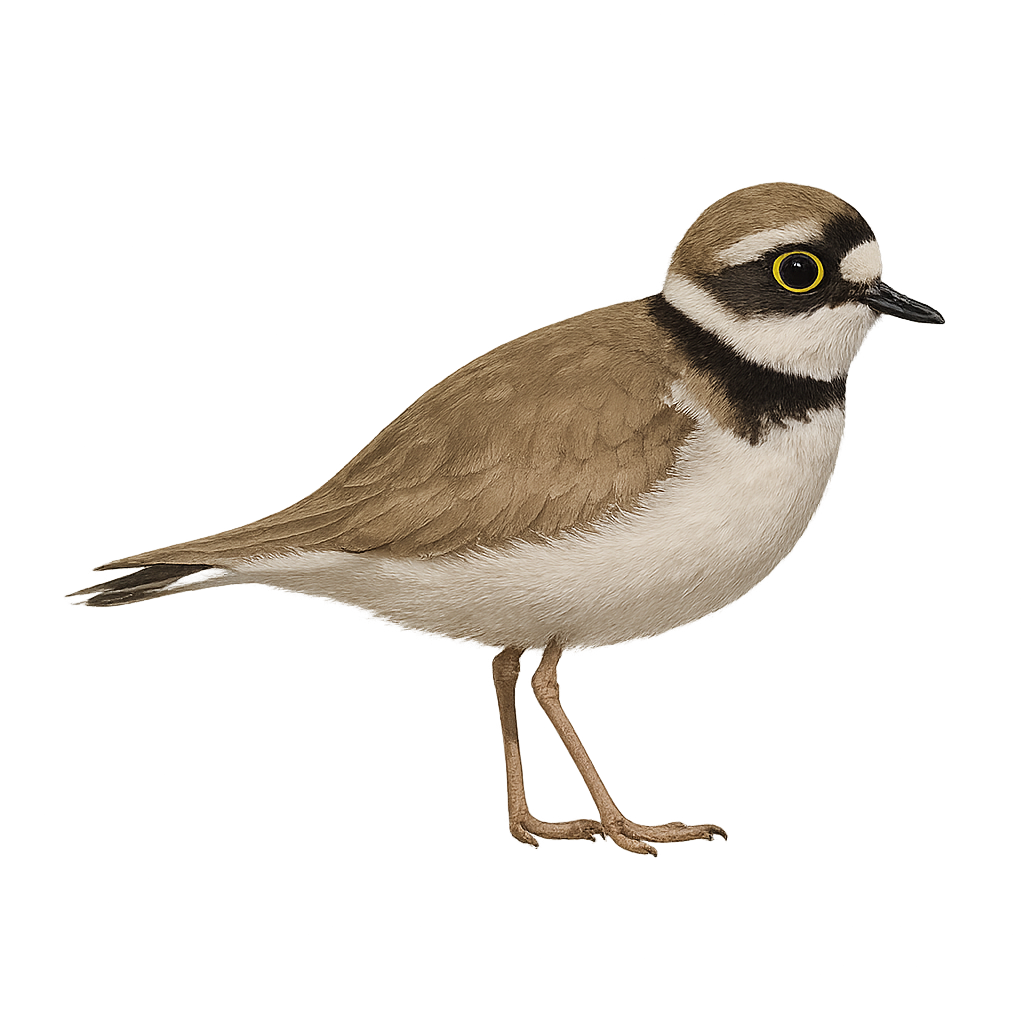Your wildlife photography guide.
Explore the little ringed plover in detail, study its behavior, prepare your shots.
Where to observe and photograph the little ringed plover in the wild
Learn where and when to spot the little ringed plover in the wild, how to identify the species based on distinctive features, and what natural environments it inhabits. The WildlifePhotographer app offers tailored photography tips that reflect the little ringed plover’s behavior, helping you capture better wildlife images. Explore the full species profile for key information including description, habitat, active periods, and approach techniques.
Little Ringed Plover
Scientific name: Charadrius dubius

IUCN Status: Least Concern
Family: CHARADRIIDAE
Group: Birds
Sensitivity to human approach: Suspicious
Minimum approach distance: 30 m
Courtship display: April to July
Incubation: 22-25 jours
Hatchings: April to August
Habitat:
Shorelines and coastal areas
Activity period :
Primarily active during the day, with peak activity in the morning and late afternoon.
Identification and description:
The Little Ringed Plover is a small migratory bird primarily found in wetlands, sandy beaches, and riverbanks in Europe, Asia, and North Africa. It measures about 18 cm in length and weighs between 30 and 50 g. Its plumage is gray-brown on the back, with white underparts and a distinctive black ring around the neck and eyes. The Little Ringed Plover primarily feeds on small invertebrates, mollusks, and insects found by foraging in sand and along water edges. This bird is an excellent runner and flies very quickly. While its population remains relatively stable, the Little Ringed Plover is threatened by habitat loss, pollution, and human disturbances during its breeding season.
Recommended lens:
300 mm – adjust based on distance, desired framing (portrait or habitat), and approach conditions.
Photography tips:
Approach discreetly and slowly, as the little ringed plover is a sensitive bird that can easily fly away if it feels threatened.
Photograph early in the morning or late in the day, when the light is soft and the bird is more active, especially when it is foraging for food on shores or beaches.
Be patient: The little ringed plover spends a lot of time running along the water’s edge to catch insects and other small prey. Wait for a moment when the bird stops for a natural shot.
Respect its space: Avoid disturbing its foraging or nesting behaviors. Keep a sufficient distance to avoid disturbing the bird.
The little ringed plover is a vulnerable species, threatened by the disturbance of its coastal habitats and the loss of breeding sites. It is essential to respect its natural environment, especially during the breeding season, and follow local conservation rules to protect this fragile species.
The WildlifePhotographer App is coming soon!
Be the first to explore the best nature spots, track rutting seasons, log your observations, and observe more wildlife.
Already 1 430 wildlife lovers subscribed worldwide

